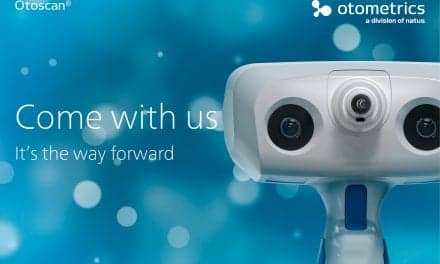Apple is teaming up with leading educators for blind and deaf communities across the US to bring accessible coding to their schools, the technology company said on a press release posted on its website. Beginning this fall, schools supporting students with vision, hearing, or other assistive needs will start teaching the Everyone Can Code curricula for Swift, Apple’s “powerful and intuitive” programming language.
Apple created the comprehensive Everyone Can Code curricula so students from kindergarten to college and beyond can learn and write code using Swift. With teacher guides and lessons, students learn the basics on iPad with Swift Playgrounds which lets you use real code to solve puzzles and control characters with just a tap, to App Development with Swift to help aspiring app developers build their first iOS apps.
“Apple’s mission is to make products as accessible as possible,” said Tim Cook, Apple’s CEO. “We created Everyone Can Code because we believe all students deserve an opportunity to learn the language of technology. We hope to bring Everyone Can Code to even more schools around the world serving students with disabilities.”
Apple collaborated with engineers, educators, and programmers from various accessibility communities to make Everyone Can Code as accessible as possible and will work in close coordination with schools to augment the curricula as needed. This will include providing additional tools and resources such as tactile maps to enhance the understanding of coding environments for non-visual learners.
Initial list of participating schools:
- California School for the Blind (Fremont, Calif)
- California School for the Deaf (Fremont, Calif)
- District 75/Citywide Programs, New York City Department of Education (New York, NY)
- Florida School for the Deaf and the Blind (St Augustine, Flor)
- Hadley Institute for the Blind and Visually Impaired (Winnetka, Ill)
- Perkins School for the Blind (Watertown, Mass)
- Texas School for the Blind and Visually Impaired (Austin, Texas)
- Texas School for the Deaf (Austin, Texas)
“Our students were tremendously excited at our first Everyone Can Code session earlier this year,” said Bill Daugherty, superintendent at the Texas School for the Blind and Visually Impaired in Austin. “There are more than 10,400 students with visual impairments in Texas, and the development of this curricula is going to be a big step in opening up coding opportunities for our students and those across the nation.”
California School for the Deaf superintendent Clark Brooke said, “We’re thrilled to kick off the partnership with Apple. This program is a great way to bring to life the ideas and imagination of our deaf students through coding, while also building a foundation for future careers in software development and technology.”
Accessibility features for people who are deaf or hard-of-hearing include FaceTime for capturing every gesture and facial expression, Type to Siri, closed captions, LED Flash for Alerts, Mono Audio and Made for iPhone hearing aids.
iPad and Everyone Can Code can also be used by students with physical motor limitations through Apple’s built-in Switch Control, which enables switches, joysticks, and other adaptive devices to control what is on your screen.
In recognition of Global Accessibility Awareness Day on May 17, Apple is hosting events around the world to promote inclusive design and emphasize how technology can support all people with disabilities.
Throughout May, all Apple stores will host accessibility-related events and sessions for customers. On May 17 Apple corporate locations in Cupertino, Austin, Cork, and London will also hold events. Since 2017, Apple has held over 10,000 accessibility sessions across the globe.
Source: Apple
Images: Apple







